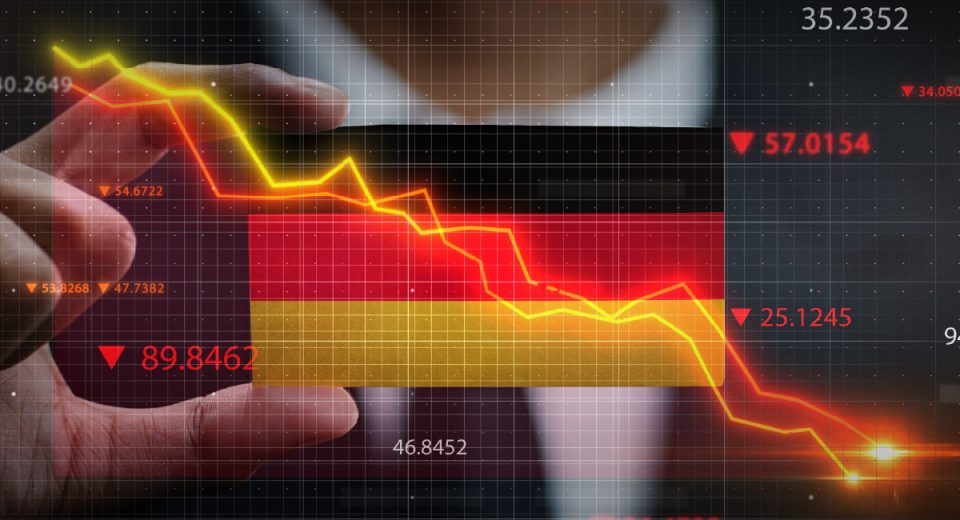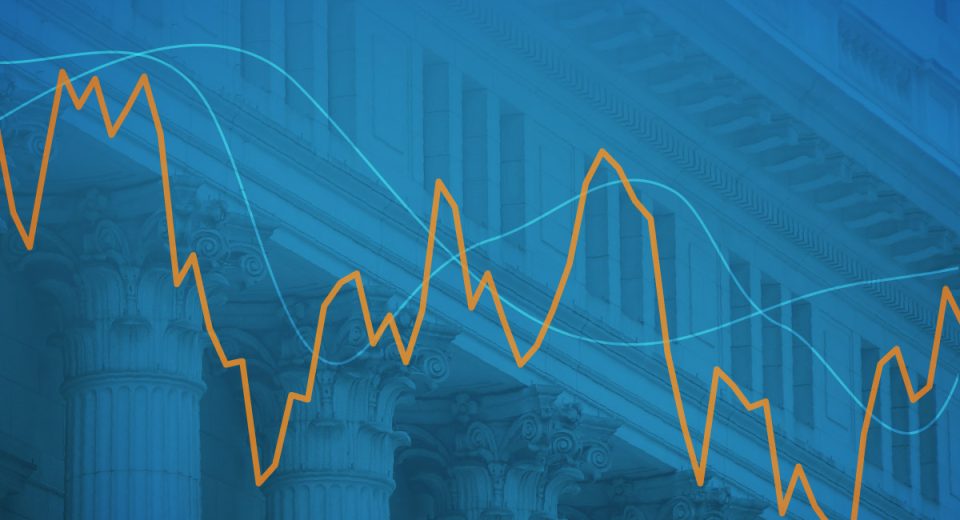Top US Banks Post Strong Q2. Does this Matter to Trades?

At $40 billion, the total profits booked by the top 6 US banks in Q2 2025 were 20% higher than a year ago. Did you know this was one of the best second quarters in history for the banking sector? While fear sentiment, triggered by tariff uncertainties, drove trading decisions through Q2 2025, the quarter ended in optimism. JP Morgan even indicated that the systemic risk in the financial ecosystem has reduced. However, caution remains the dominant sentiment.
As a beginner, you may be unaware of banking sector updates and their impact on the financial markets, especially if you do not directly trade banking stocks. However, this sector impacts all stock traders. Learn how to accommodate the banking sector’s earnings in your trading plan.
Why the Banking Sector’s Performance Matters
The banking sector lies at the heart of the financial markets. Since banks usually kick off the earnings season, it sets the tone for the rest of the season. Earnings of major banks impact market sentiment while also creating volatility as speculators take these reports as a baseline for what to expect ahead. Here’s why the banking sector’s earnings matter to stock traders:
Barometer of Economic Growth
Strong banking sector earnings indicate robust credit activity and corporate spending. They also indicate rising consumer confidence. A positive banking sector report is considered a bullish sign for broader market performance. On the other hand, weak bank earnings may indicate tight credit conditions or slowing economic growth. This encourages a risk-off trading/investment approach.
Insight into Broader Index Performance
As of August 2025, financials account for nearly 14% of the S&P 500, with 3 banks in the top 25 companies. This means the banking sector’s performance impacts broader index growth (or decline).
Traders can reinforce their index trading positions based on banking earnings reports. When trading via CFDs, traders can take advantage of underwhelming banking performance as well. Derivative instruments, such as CFDs, allow you to explore market opportunities in both rising and falling markets. So, irrespective of how banking earnings fare, you can always explore opportunities that arise when trading stocks or indices via CFDs.
Liquidity Conditions
Strong performance by major banks is a sign of easier access to liquidity and credit. This scenario builds a risk-on backdrop for the financial markets. Investors rotate their holdings from defensive to growth sectors, which creates trading opportunities across industries.
Better liquidity also means more opportunities for trading and better order fill ratios. In such situations, traders tend to can rotate their holdings to expand into growth stocks, small caps and emerging markets.
Underperformance by the banking sector is a sign of financial stress. It could signal constrained liquidity, credit defaults by major borrowers, such as mega cap companies, etc. This is a sign for traders to tighten their stop losses and other risk parameters, as well as hedge their banking sector positions.
Trading Banking Sector Earnings
Spotting the right opportunities and taking advantage requires readiness. Here’s how you can tweak your trading plan to prepare for banking sector earnings:
Time Your Entry Right
The markets react to news fast. While planning to trade positive banking earnings, look for pullbacks to the support level as upward momentum builds. This is the point where you can take long positions.
Conversely, if banks report disappointing earnings, bearish momentum may set in. This is when you can look for spikes in the resistance level to open short trades.
Rebalance Your Portfolio
Positive bank earnings usually translate into higher risk capacity for traders. This is considered a good time to rotate into cyclical sectors with long positions, such as industrials and consumer discretionary. This is also considered an optimal time to rotate out of consumer staples and utilities.
Make Use of High Interest Rates
Banks benefit from high interest rates, and economic resilience indicates that interest rates can be held higher for longer. Strong banking performance is often an outcome of steadily high interest rates. This was the case in Q2 2025 in the US.
For forex traders, this is a time to trade their currency holdings against the USD to capture interest rate benefits.
Explore High-Beta Sectors
High-beta stocks are more sensitive to market sentiment and tend to outperform the S&P 500, especially in bullish conditions. High volatility translates into more trading opportunities.
Traders wait for breakouts in bullish sectors to take advantage of upward price momentum as the markets digest positive banking sector earnings updates and vice versa.
Trade Earnings Momentum
Positive banking earnings fuel momentum for sectors that follow in reporting earnings, such as tech and energy. These sectors usually report after the banking sector.
Traders can take advantage of spillover optimism by opening long positions in sectors that report their results next. On the other hand, when the banking sector underperforms, the expectations from other sectors decline. This is when traders can take short positions to explore the opportunities of the bearish momentum spillover.
To Sum Up
- Banking sector earnings are a barometer for economic growth.
- Quarterly earnings seasons usually begin with banks.
- Positive banking earnings trigger bullish momentum across sectors.
- Underwhelming banking earnings indicate that other sectors may also underperform expectations.
- Traders can tweak their strategies to take advantage of banking earnings.
- Positive earnings trigger a rotation toward growth sectors and industries next in line to report.
- Traders can use CFDs to explore trading opportunities during bearish and bullish momentum.
Disclaimer:
All data, information and materials are published and provided “as is” solely for informational purposes only, and is not intended nor should be considered, in any way, as investment advice, recommendations, and/or suggestions for performing any actions with financial instruments. The information and opinions presented do not take into account any particular individual’s investment objectives, financial situation or needs, and hence does not constitute as an advice or a recommendation with respect to any investment product. All investors should seek advice from certified financial advisors based on their unique situation before making any investment decisions in accordance to their personal risk appetite. Blackwell Global endeavours to ensure that the information provided is complete and correct, but make no representation as to the actuality, accuracy or completeness of the information. Information, data and opinions may change without notice and Blackwell Global is not obliged to update on the changes. The opinions and views expressed are solely those of the authors and analysts and do not necessarily represent that of Blackwell Global or its management, shareholders, and affiliates. Any projections or views of the market provided may not prove to be accurate. Past performance is not necessarily an indicative of future performance. Blackwell Global assumes no liability for any loss arising directly or indirectly from use of or reliance on such information here in contained. Reproduction of this information, in whole or in part, is not permitted.




